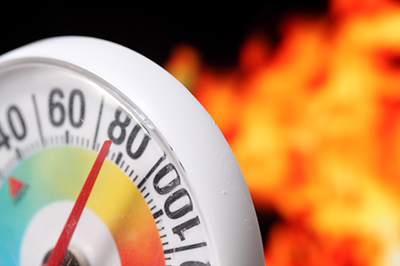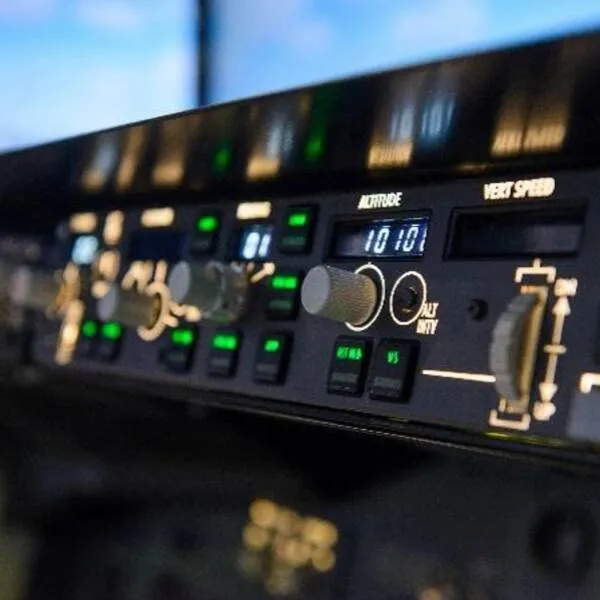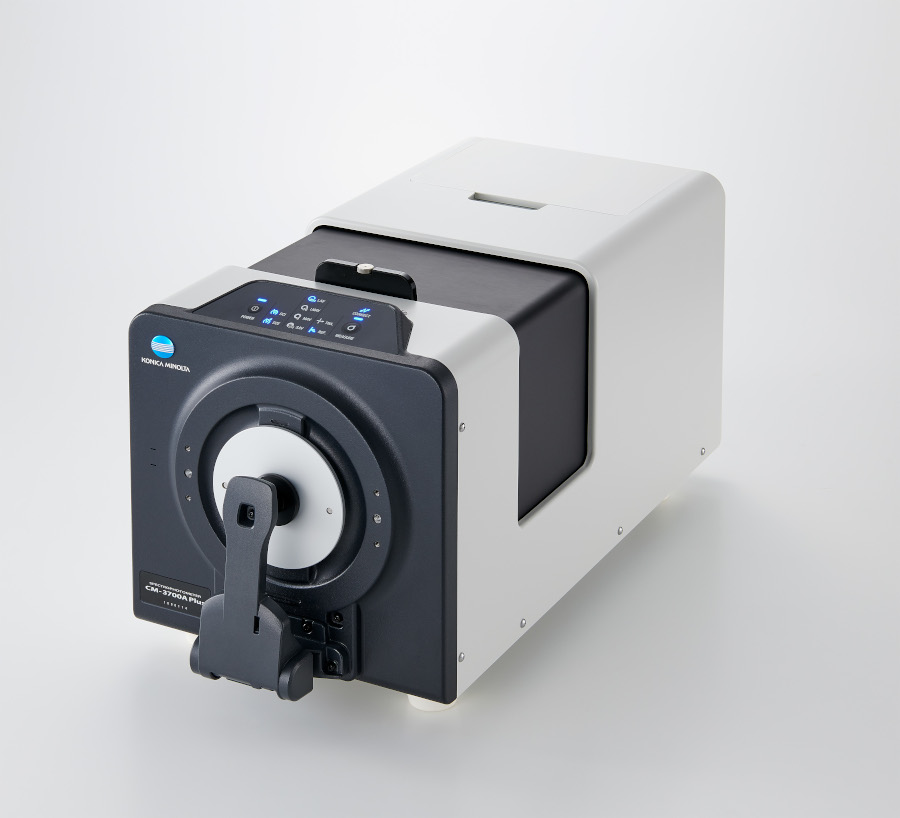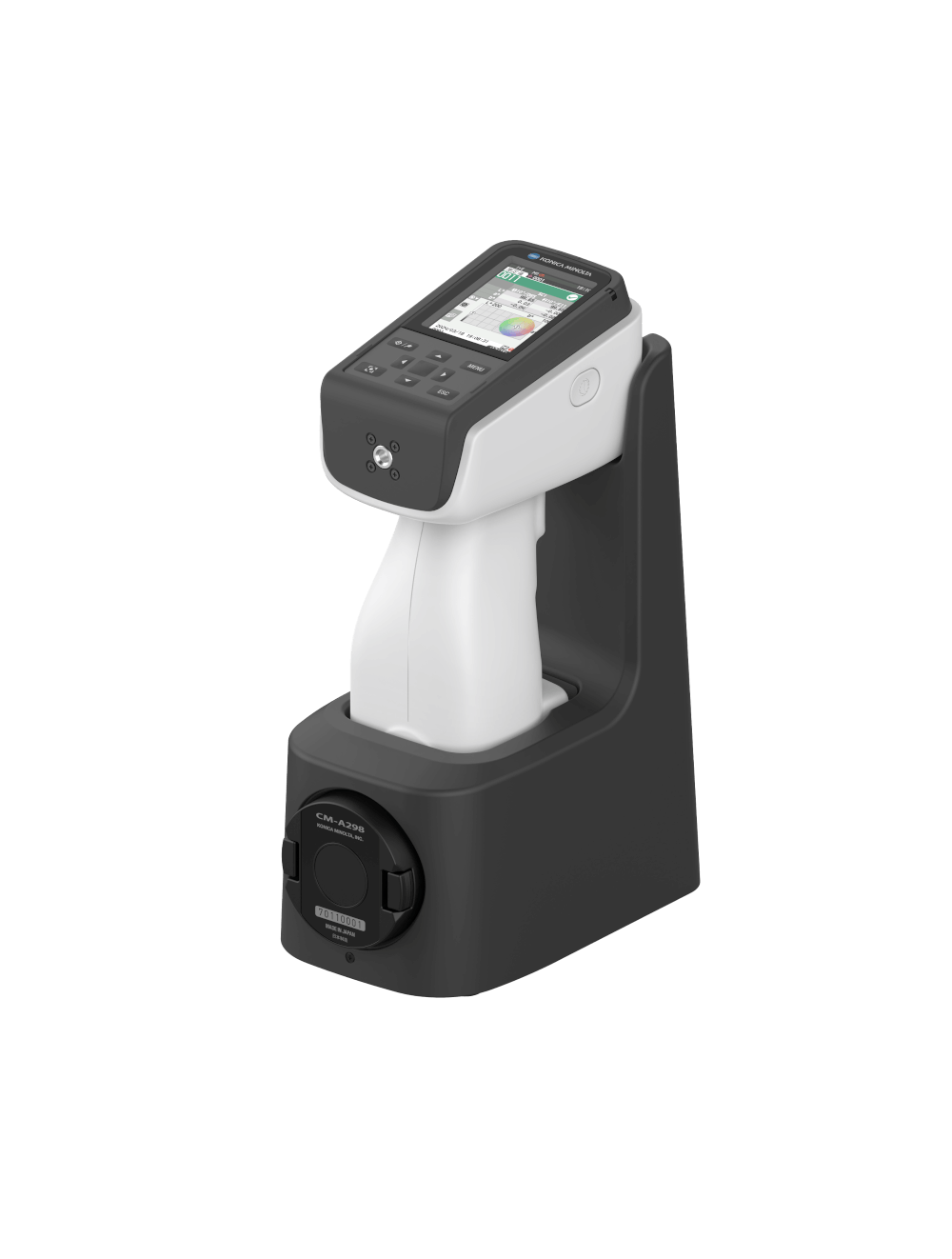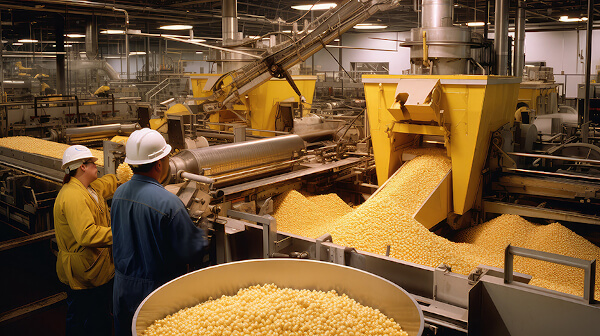Thermochromism: The Effects of Temperature on Ceramic Products
A pigment or dye’s reaction to high temperature depends on its chemical properties and material. Too hot of temperature or long exposure to high temperature may completely degrade the color of an object. In other instances, an object or sample changes to another shade of color until it stabilizes back to room temperature. Certain colors are more susceptible to this drift, depending on the application.
The industry mentioned earlier in this article, Ceramics also provides a good example of thermochromism. After heat-treatment, a ceramic sample is removed from the oven and set aside to condition or cool down to ambient temperature. During this “drying-time”, manufacturers may notice a change in color. Because of this temporary drift in color, evaluating the sample against the standard during this “cool down” stage will deliver misleading results.
Due to the misleading results encountered during the “cool down” stage, both quality control and process control should require that a product meets a defined color standard through an efficient procedural process. The procedural process defines how the product is to be evaluated, when or how often it should be inspected, and the steps to be taken for troubleshooting color inconsistencies.
Even after processing, the color of a sample could drift to another shade or color for a certain period. It is recommended to assess the sample at scheduled times and record how long it takes to cool down and adjust to its correct color. Once the sample is stabilized to ambient temperature, visual and instrumental evaluations can be performed more accurately to identify if the sample color meets the standard.
Integrating the CM-17d spectrophotometer into the ceramics manufacturing process addresses the challenge of thermochromism by providing high-accuracy color measurements. Its user-friendly design, combined with advanced features like the Wavelength Analysis & Adjustment function, ensures consistent accuracy despite external factors. The CM-17d allows for efficient data management and analysis, facilitating effective quality control. Manufacturers can ensure color consistency and meet quality benchmarks, minimizing thermochromism’s impact by comparing color data against standards.
